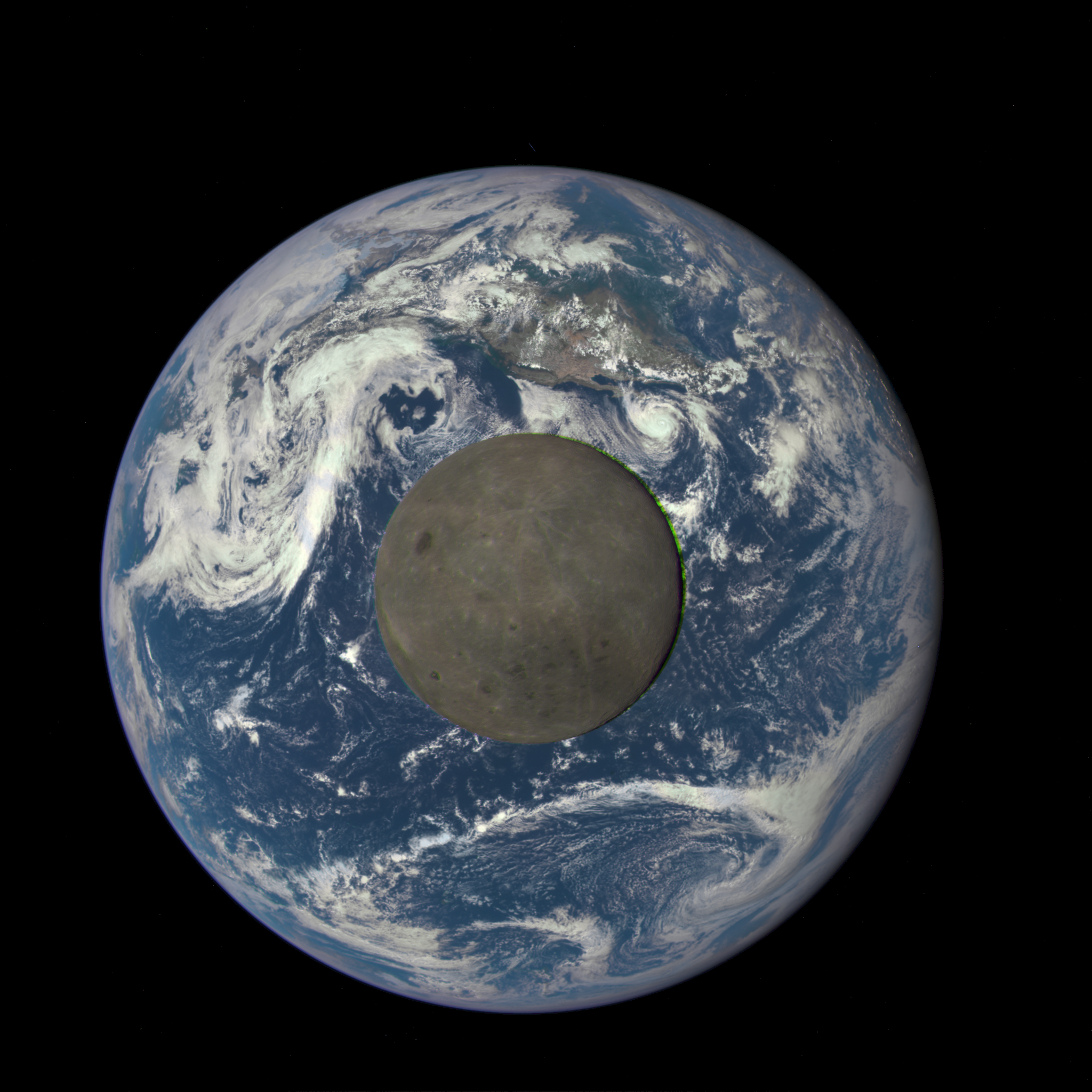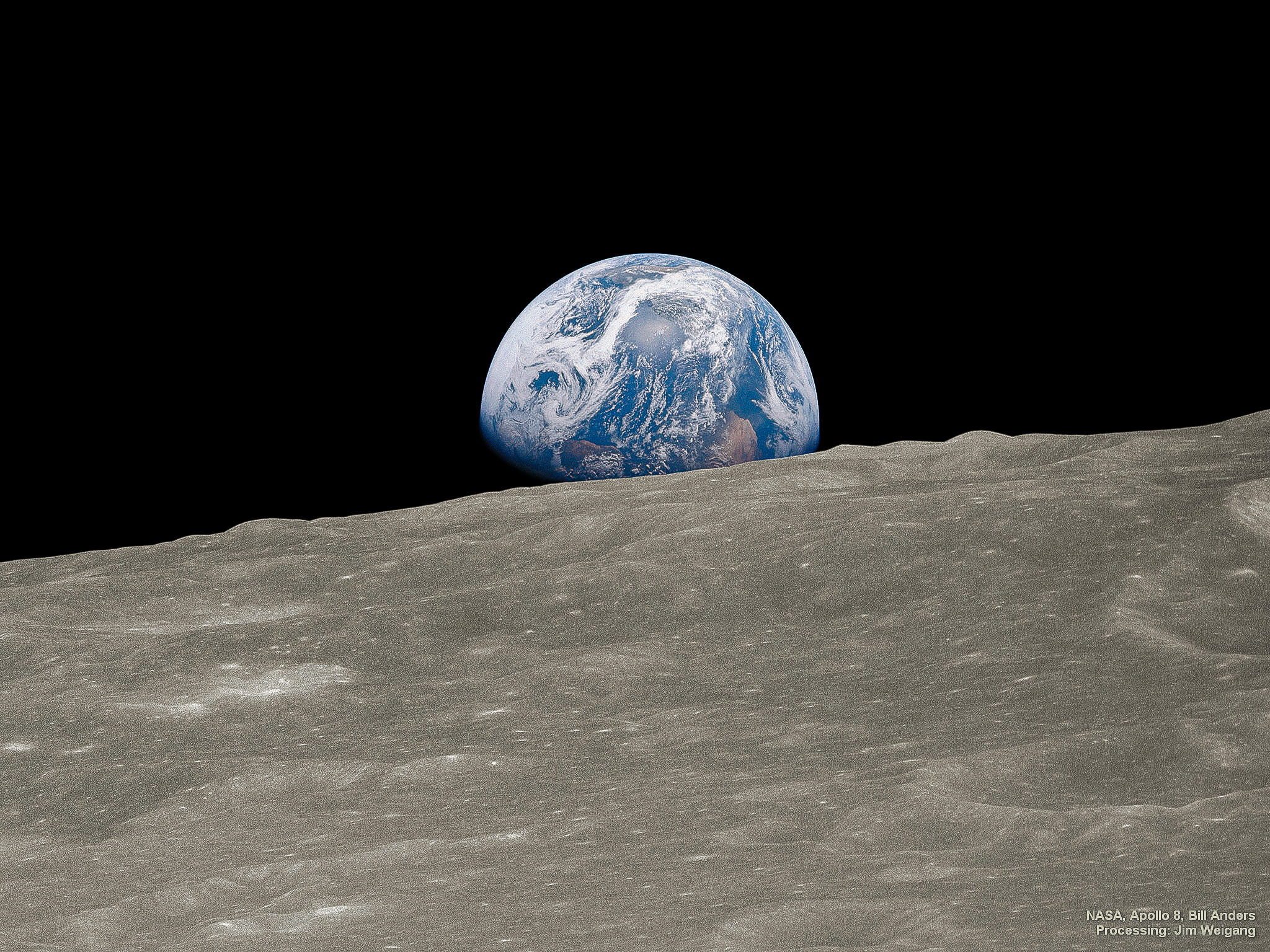NASA photographs the rare occurrence of the moon crossing the face of the Earth from a million miles away
The images were captured using NASA’s Earth Polychromatic Imaging Camera (EPIC), a 4MP CCD camera and telescope on the DSCOVR satellite

An incredible photograph taken aboard the Deep Sea Climate Observatory (DSCOVR) satellite is doing the rounds on social media, ten years after it was taken, highlighting our everlasting obsession with the cosmos.
The DSCOVR satellite captured the unique view of the moon as it moved in front of the sunlit side of the Earth. The series of test images showed the fully illuminated “dark side” of the moon that is never visible from Earth.
The images were captured using NASA’s Earth Polychromatic Imaging Camera (EPIC), a 4MP CCD camera and telescope on the DSCOVR satellite, orbiting 1 million miles from Earth. EPIC is only positioned to capture this incredible image twice a year, as the orbit of DSCOVR crosses the orbital plane of the moon.
Sitting between the Earth and the Sun, DSCOVR’s primary mission is to monitor real-time solar winds for the National Oceanic and Atmospheric Administration (NOAA).

The far side of the moon remained a mystery until 1959, when the Soviet Luna 3 spacecraft returned the first images. Since then NASA has launched several missions to the lunar far side, managing to image it in great detail.
NASA explains: “EPIC’s 'natural color' images of Earth are generated by combining three separate monochrome exposures taken by the camera in quick succession. EPIC takes a series of ten images using different narrowband spectral filters – from ultraviolet to near infrared – to produce a variety of science products. The red, green and blue channel images are used in these color images.
“Combining three images taken about 30 seconds apart as the moon moves produces a slight but noticeable camera artifact on the right side of the moon. Because the moon has moved in relation to the Earth between the time the first (red) and last (green) exposures were made, a thin green offset appears on the right side of the moon when the three exposures are combined. This natural lunar movement also produces a slight red and blue offset on the left side of the moon in these unaltered images.”
Get the Digital Camera World Newsletter
The best camera deals, reviews, product advice, and unmissable photography news, direct to your inbox!
Adam Szabo, DSCOVR project scientist at NASA’s Goddard Space Flight Center in Greenbelt, Maryland, noted that “It is surprising how much brighter Earth is than the moon,” adding, “Our planet is a truly brilliant object in dark space compared to the lunar surface.”
You might also like…
Take a look at our guides to the best cameras for astrophotography, the best lenses for astrophotography, and the best CCD cameras for astrophotography.

After graduating from Cardiff University with an Master's Degree in Journalism, Media and Communications Leonie developed a love of photography after taking a year out to travel around the world.
While visiting countries such as Mongolia, Kazakhstan, Bangladesh and Ukraine with her trusty Nikon, Leonie learned how to capture the beauty of these inspiring places, and her photography has accompanied her various freelance travel features.
As well as travel photography Leonie also has a passion for wildlife photography both in the UK and abroad.
